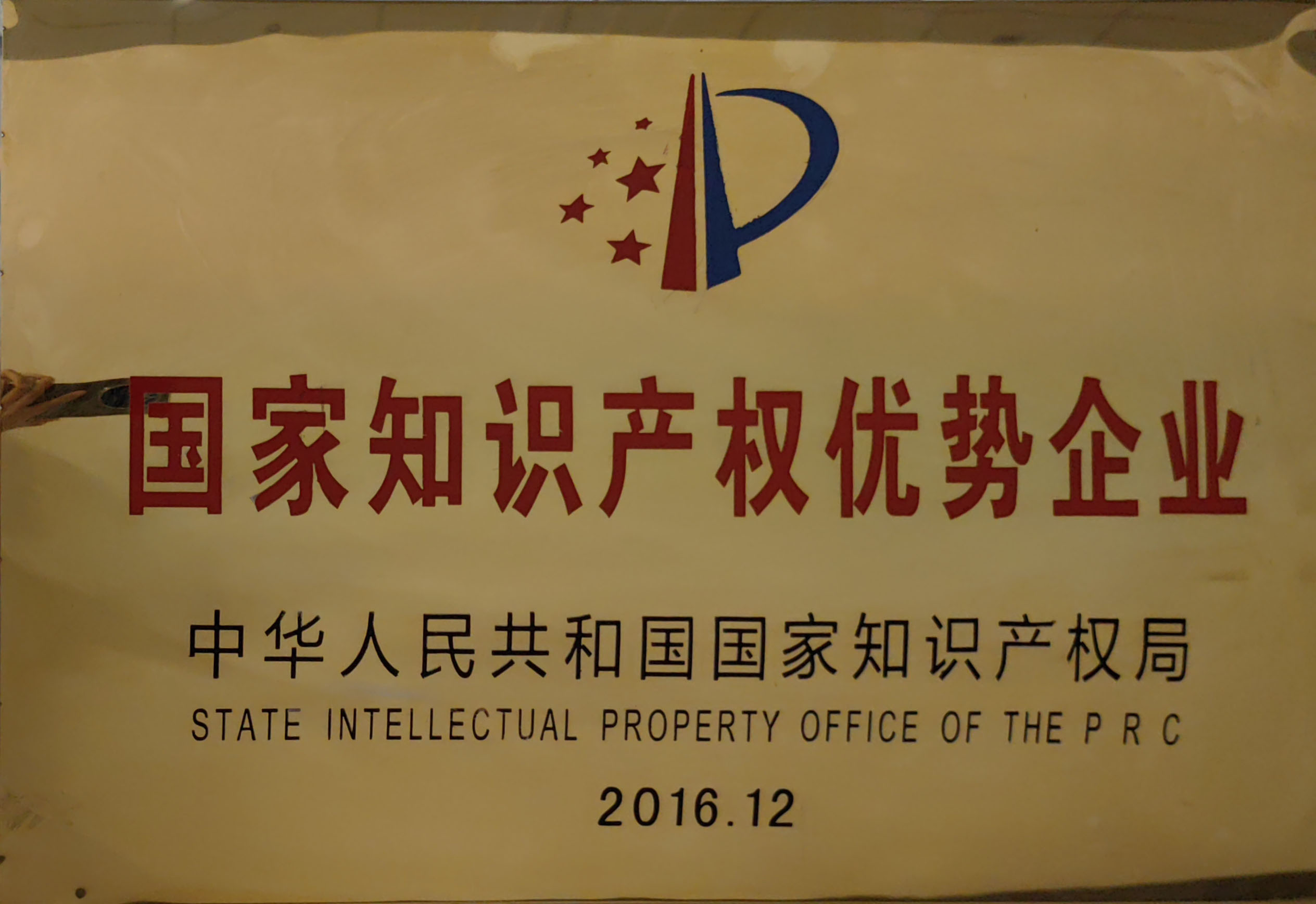
Oct . 14, 2024 12:29
Back to list
Gas Pressure Regulation Valve Function and Importance in Pipeline Systems
Gas Pressure Regulator The Unsung Hero of Gas Systems
In the world of gas distribution and utilization, the gas pressure regulator stands out as a vital component, playing a crucial role in ensuring safety, efficiency, and effectiveness in various applications. From residential heating systems to large industrial setups, pressure regulators are essential in controlling the flow and pressure of gas, thereby allowing users to benefit from the resources safely and consistently.
What is a Gas Pressure Regulator?
A gas pressure regulator is a mechanical device used to control the pressure of gas flowing through pipelines and equipment. These regulators are designed to reduce the high pressure of gas coming from a source, such as a gas main or a gas cylinder, to a lower, usable pressure for various applications. By maintaining a stable outlet pressure regardless of fluctuations in the inlet pressure or demand, regulators ensure that gas appliances operate efficiently and safely.
How Does it Work?
At its core, a gas pressure regulator relies on a simple yet effective principle of pressure differentiation. It typically consists of a diaphragm that moves in response to pressure changes. When the inlet pressure rises above a set point, the diaphragm shifts, adjusting a valve that reduces the flow of gas to maintain the desired outlet pressure. This feedback mechanism allows the regulator to continuously adapt to variations in gas supply and demand, ensuring a consistent flow.
Types of Gas Regulators
.
1. First-stage Regulators These are usually found close to the gas source and are responsible for reducing high pressures from gas mains to intermediate levels. They operate in conjunction with second-stage regulators.
صمام تنظيم ضغط الغاز

2. Second-stage Regulators Positioned closer to the end-use appliances, these regulators further reduce the pressure to the levels necessary for safe operation of various devices.
3. Lock-up Regulators These regulators are designed to shut off the gas flow in the event of a pressure drop, providing an extra safety feature to prevent gas leaks or equipment damage.
4. Automatic and Manual Regulators While automatic regulators adjust pressure based on demand without user intervention, manual regulators require operators to adjust settings as needed.
Applications of Gas Pressure Regulators
Gas pressure regulators find application across a broad spectrum of industries and usages. In households, they are commonly used in natural gas systems for heating, cooking, and hot water systems, ensuring that residential appliances receive the right amount of gas without risking overpressure situations. In commercial settings, such as restaurants, regulators manage gas supplies to stoves, ovens, and heaters, while in industrial environments, processes like welding and metal fabrication rely heavily on regulated gas feeds.
Safety and Compliance
The significance of gas pressure regulators extends greatly into safety and regulatory compliance. Uncontrolled gas pressure can lead to catastrophic failures, including explosions, fires, and equipment damage. Regulatory bodies mandate the installation of appropriate pressure regulation devices to safeguard against such risks. Regular inspection and maintenance of these regulators are essential to ensure their reliability, longevity, and optimal performance.
Conclusion
In conclusion, gas pressure regulators are indispensable in today's gas-operated systems. By controlling the pressure of gas flow, they not only enhance operational efficiency but also promote safety in domestic, commercial, and industrial environments. As we continue to innovate and expand in the realm of gas utilization, understanding the importance of devices like gas pressure regulators will remain paramount. Whether in homes or large-scale industrial processes, these unsung heroes ensure that we harness the power of gas safely and efficiently, contributing to energy savings and enhanced operational performance. Investing in quality gas pressure regulation systems is, therefore, not just a regulatory requirement but a responsible choice for a safer future.
Latest news
-
Safety Valve Spring-Loaded Design Overpressure ProtectionNewsJul.25,2025
-
Precision Voltage Regulator AC5 Accuracy Grade PerformanceNewsJul.25,2025
-
Natural Gas Pressure Regulating Skid Industrial Pipeline ApplicationsNewsJul.25,2025
-
Natural Gas Filter Stainless Steel Mesh Element DesignNewsJul.25,2025
-
Gas Pressure Regulator Valve Direct-Acting Spring-Loaded DesignNewsJul.25,2025
-
Decompression Equipment Multi-Stage Heat Exchange System DesignNewsJul.25,2025

